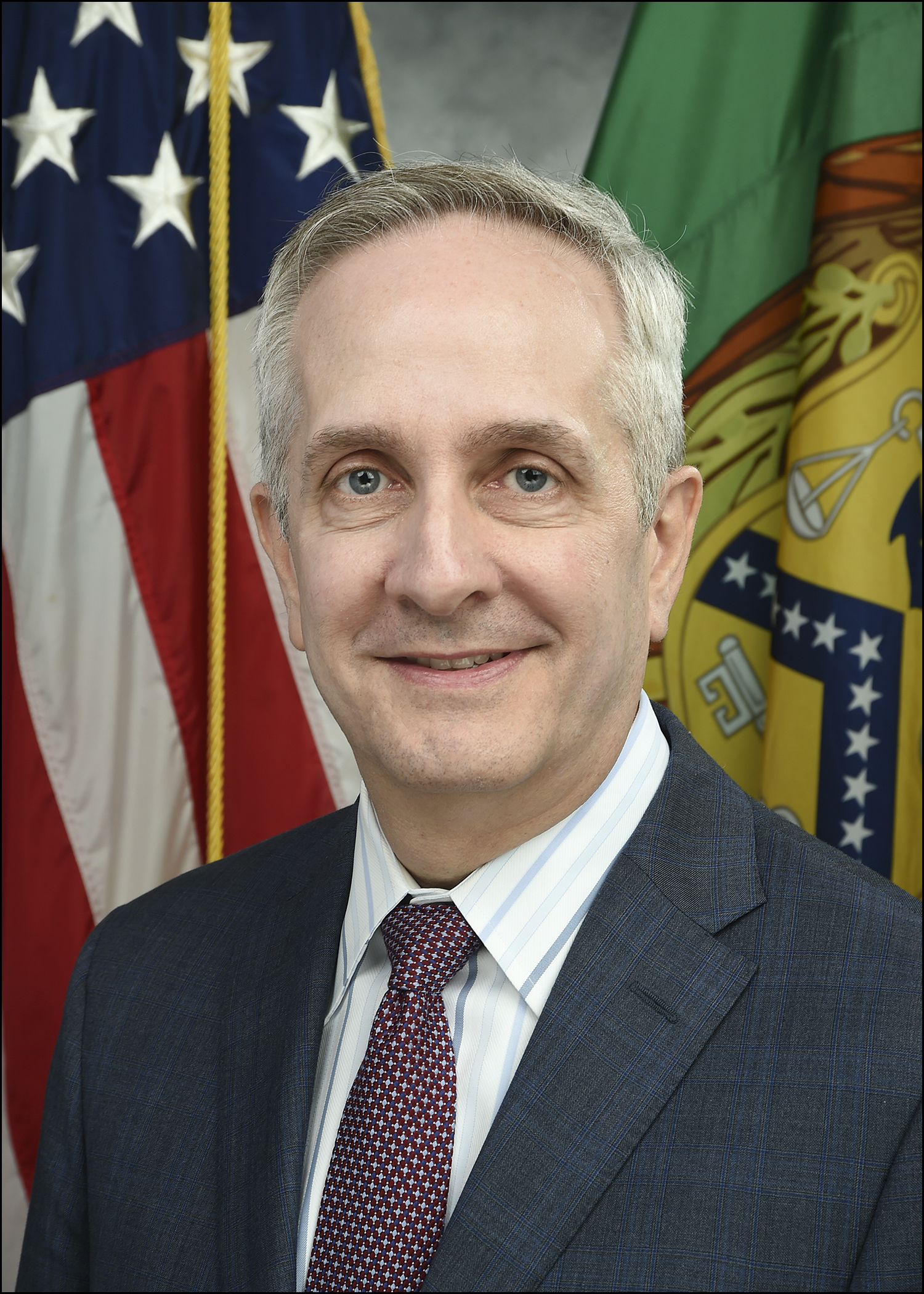

Video about Fiscal Service
Mission
Promote the financial integrity and operational efficiency of the federal government through exceptional accounting, financing, collections, payments, and shared services.
Vision
Transform financial management and the delivery of shared services in the federal government.
Values
We are guided by our commitment to integrity, collaboration, accountability, learning, and excellence in our dealings with each other and with those we support and serve.
Provide citizens a variety of modern electronic options for paying federal taxes, charges, and fees. Minimize lockboxes and paper processing.
DisbursingCreate a seamless end-to-end process that is all-electronic from the initiating transaction through settlement: more agile, efficient, and resilient.
FinancingMeet the evolving financing needs of the U.S. government at the least cost over time by offering Treasury securities to investors through modern, secure, and reliable technology.
ReportingProvide federal agencies and the American public information that is accurate, accessible, and transparent. Streamline the federal reporting process to reduce agency reporting burden.
ServicingProvide customer-centric services and solutions to agencies that enable improved decision-making and high-performance through innovation, standardization, operational efficiency, and risk reduction.

Data Through FY 2023
Collecting
- Collected nearly $6.3 trillion in federal revenue.
- Increased the percentage of Fully Electronic (initiated and settled electronically) revenue collection transactions to 88.8%.
- Collected $5.23 billion in delinquent debt. Over $4.74 billion was collected through the Treasury Offset Program (TOP) and $481.60 million was collected through the Cross- Servicing program.
Disbursing
- Centrally disbursed 88.10% of all federal payments.
- Securely disbursed nearly 1.33 billion payments, totaling $6.02 trillion, at an electronic rate of 96.96%. Payments were made 100% on time.
Financing
- Conducted 445 auctions and awarded $30.15 trillion in Treasury marketable securities to fund critical government operations and activities fiscal year to date.
- Issued $182.63 billion in Treasury retail securities, redeemed 499.80 billion in Treasury securities, and made $187.84 billion in retail payments.
- Made $4.32 billion in Judgment Fund payments.
Reporting
- Accounted for and reported the $37.60 trillion public debt.
- Managed an average daily cash flow of $295.40 billion.
- Issued 100% of government-wide accounting reports on time, including Daily Treasury Statements and Monthly Treasury Statements.
- Total number of users at USAspending.gov was 4,001,860.
Servicing
- Provided competitively priced information technology and administrative services (financial management, human resource, travel, and procurement) to 89 federal agencies as part of the Treasury Franchise Fund.
- Processed $122.40 billion of invoices through the Invoice Processing Platform (IPP).
- Collected over 266 million and processed 946,647 cases through the Centralized Receivables Service.
Our People

Timothy Gribben, Commissioner
Timothy (Tim) E. Gribben was appointed commissioner of the U.S. Department of the Treasury’s Bureau of the Fiscal Service (Fiscal Service) on May 13, 2019. Mr. Gribben provides leadership, policy direction, and guidance for Fiscal Service’s efforts to transform financial management and the delivery of shared services in the federal government and oversees bureau operations.
Prior to his current position, Tim served as the chief financial officer (CFO) and associate administrator for performance management at the Small Business Administration (SBA). Prior to joining SBA, Mr. Gribben was a manager at the U.S. Postal Service. In the private sector, Mr. Gribben spent over five years at a privately held technology firm as director of a business unit and two years with J.P. Morgan.
Mr. Gribben graduated from the College of William & Mary with a bachelor’s degree in accounting and earned a Master of Business Administration degree from Duke University. In 2019 he was elected as a Fellow of the National Academy of Public Administration and in 2021 he received a Presidential Rank Award of Distinguished Executive.
Other Executive Management
- Joseph Gioeli, Deputy Commissioner
- Amanda Kupfner, Chief Strategy Integration Officer, Chief Administrative Officer
- Cait Gehring, Chief Customer Officer
- Lillian Cheng, Chief Counsel
- Nate Reboja, Chief Information Officer
- Dan Berger, Chief Financial Officer
- Erica Gaddy, Assistant Commissioner - Fiscal Accounting
- Linda Chero, Chief Disbursing Officer
- Anna Mourad, Assistant Commissioner - ARC Management, Modernization, and Customer Care
- Tannura Elie, Assistant Commissioner - Revenue Collections Management
- David Copenhaver, Assistant Commissioner - Wholesale Securities Services and Retail Securities Services
- Lori Santamorena, Executive Director - Government Securities Regulations
- Justin Marsico, Chief Data Officer
- David Ambrose, Chief Information Security Officer
Our History
Right before World War II, in 1939, President Franklin Roosevelt began a reorganization of the executive department. The president consolidated all Treasury financing activities into a "Fiscal Service" under the direction of a fiscal assistant secretary.
These activities included accounts, deposits, bookkeeping, warrants, loans, currency, disbursements, surety bonds, savings bonds, and the public debt.
By 1940, the Fiscal Service consisted of the Bureau of Accounts, the Bureau of the Public Debt, and the Office of the Treasurer—all under the direction of the fiscal assistant secretary.
A 1974 reorganization of the Fiscal Service created the Bureau of Government Financial Operations, which consolidated most of the functions of the Office of the Treasurer.
In 1984, the Bureau of Government Financial Operations was renamed the Financial Management Service (FMS). The new name reflected Treasury’s aim to achieve greater efficiency and economy in government financial management.
During this time, the Bureau of the Public Debt (BPD) continued to track, account for, and manage the various elements of the public debt structure first established by George Washington’s Secretary of the Treasury, Alexander Hamilton.
On October 7, 2012, Treasury Secretary, Timothy Geithner issued Treasury Order 136-01 creating the Bureau of the Fiscal Service, consolidating the operations of the Bureau of the Public Debt and the Financial Management Service.


